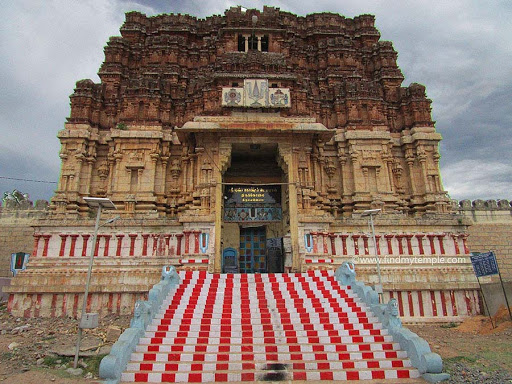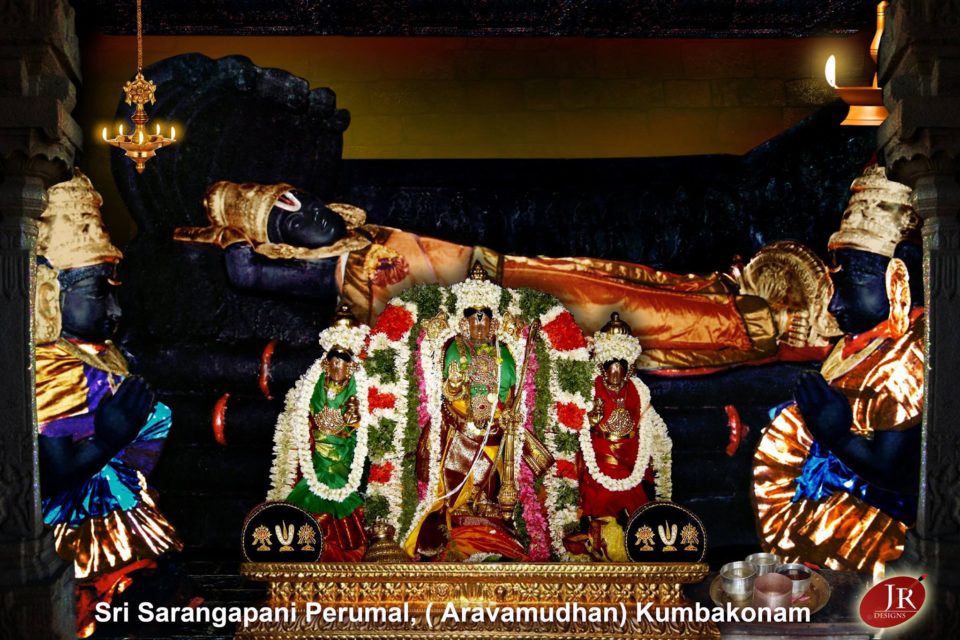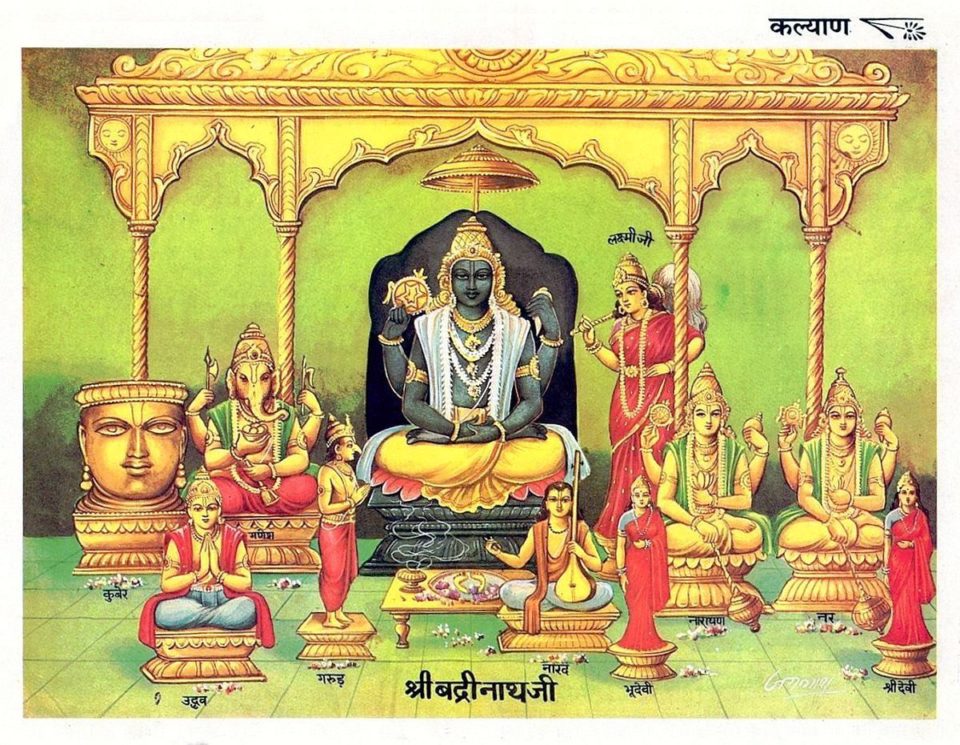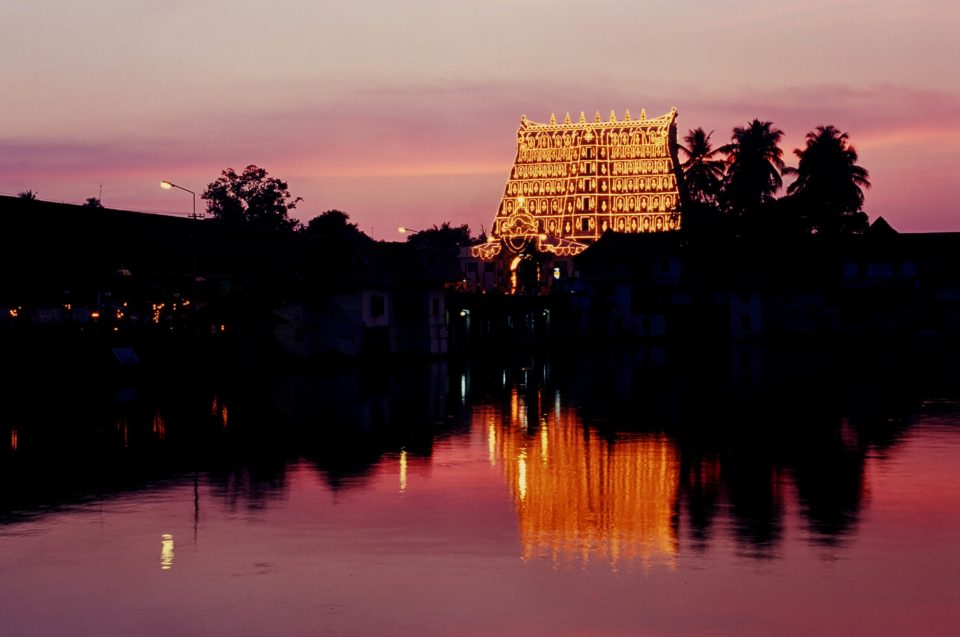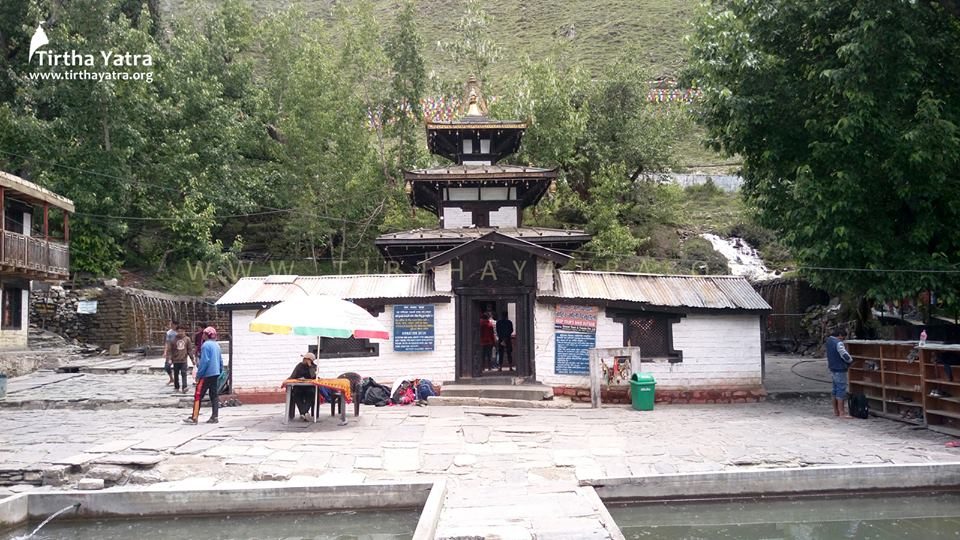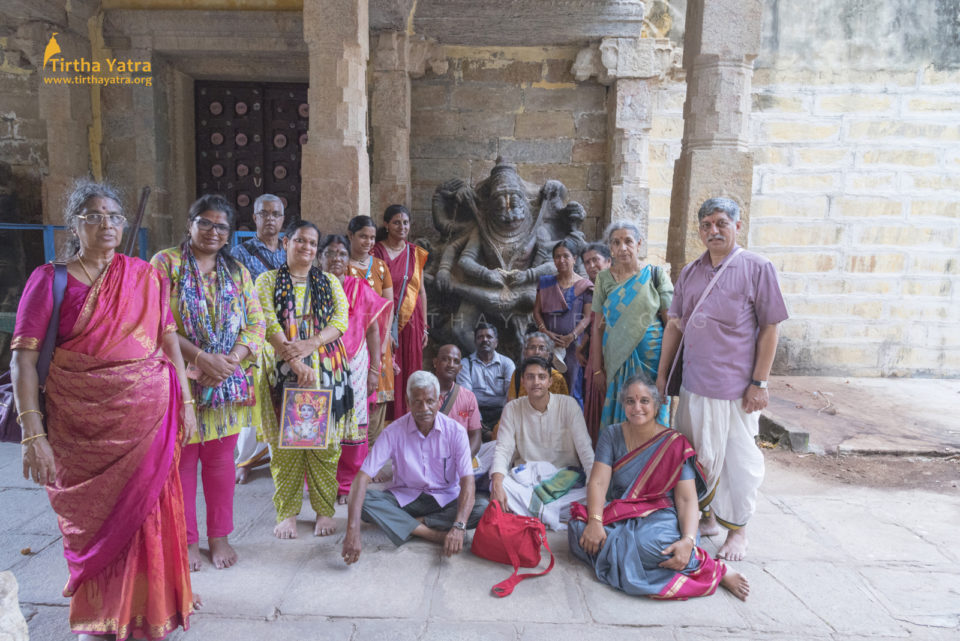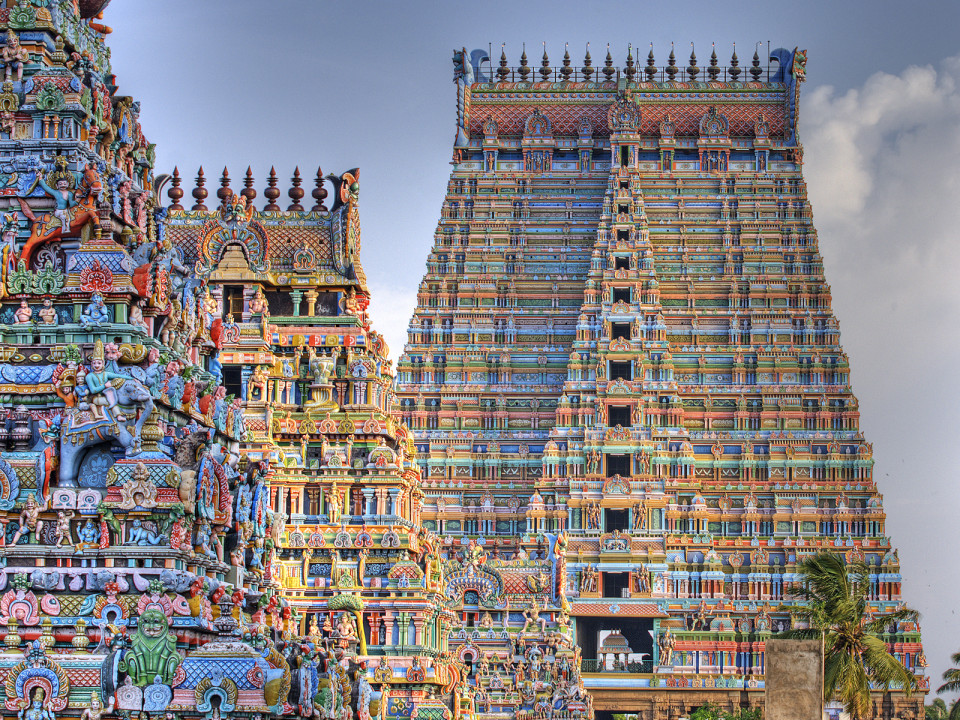108 divya deshams
Pundarikaksha Temple, Thiruvellarai – older than Srirangam Temple
Thiruvellarai Temple is one of the 108 Sri Vaishnava Divya Deshams and a part of the Cholanadu Divya Deshams around Srirangam. Thiruvellarai Temple is approximately 1.5 million years old, older than the Srirangam Temple. It is the divine abode of Lord Pundarikaksha Perumal also the homeland […]
14 Read MoreSri Sarangapani Temple
Sri Sarangapani Temple is one of the 108 Sri Vaishnava Divaya Desham Temples and one among the Pancha Ranga Kshetras in the Cholanadu Divya Desham circuit. Sarangapani Temple is also known by many other names such as Bhaskara Kshetram and Kalyanapuram due to the various lilas […]
0 Read MoreBadrinath – where Lord Narayana resides eternally
Badrinath is the most prominent and ancient pilgrimage place where Lord Narayana dwells eternally. It is one of the four holy Dhams of Bharat along with Dwarka, Rameshwaram and Jagannath Puri. It is also one of the 108 Sri Vaishnava Divya Desham Kshetras. This sacred and […]
4 Read MoreSri Padmanabhaswamy Temple – richest temple in the world
The Padmanabhaswamy Temple is located in Thiruvananthapuram (popularly known as Trivandrum), the capital of the state of Kerala in India. The name Thiruvananthapuram which means ‘the city of Lord Ananta’ is an indication of the temple’s deep connection with the city. The temple is a mix […]
9 Read MoreHow to plan a Muktinath Yatra
Every devotee of Lord Shiva or Lord Narayana wishes to visit the Muktinath Kshetra or the Pashupatinath Kshetra in Nepal, at least once in a lifetime. And this dream is not so easy unless one is familiar with the routes and the people in Nepal. For […]
14 Read MoreTirtha Yatra successfully completes it’s maiden Pandiya Nadu Divya Deshams Yatra
Tirtha Yatra organized its maiden tour to Pandiya Nadu Divya Deshams from July 27 to 30, 2017. Eighteen Divya Deshams along with the Ramayana temples in Rameswaram were covered during the yatra. Divya Deshams are the Sri Vaishnava temple dedicated to Lord Vishnu and glorified by […]
0 Read MoreSrirangam temple – the largest functioning temple
Srirangam temple is the foremost of the 108 divya desham kshetras. It is the largest functioning Hindu temple of the world and the heart of Srivaishnavism. Srirangam temple houses the Deity of Lord Vishnu known as Lord Ranganatha Swamy, who is reclining on the coils of the […]
21 Read More
